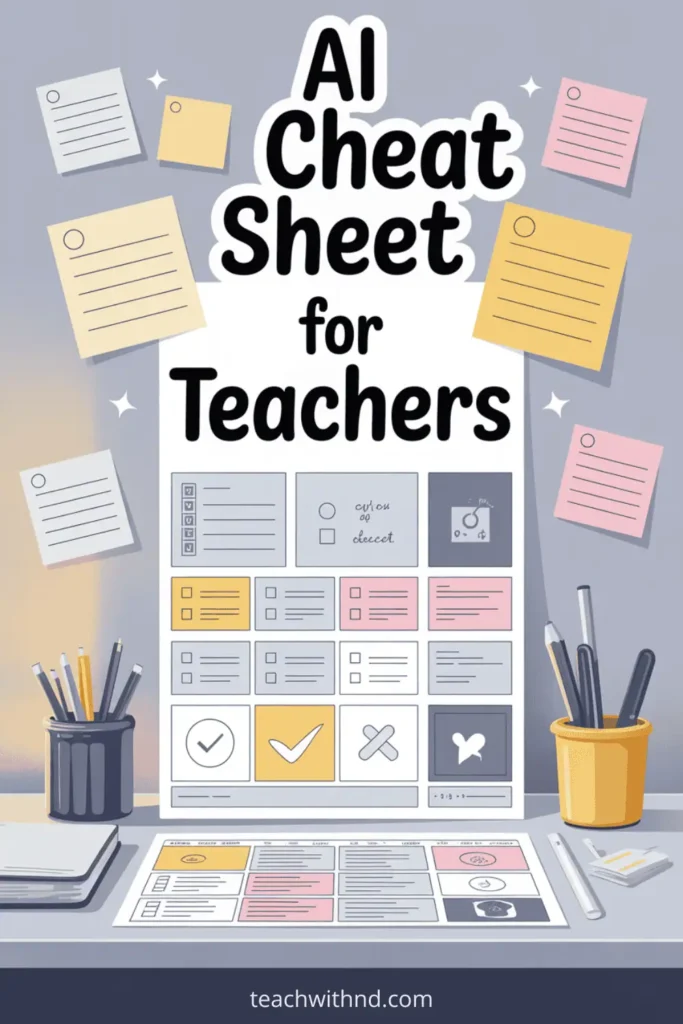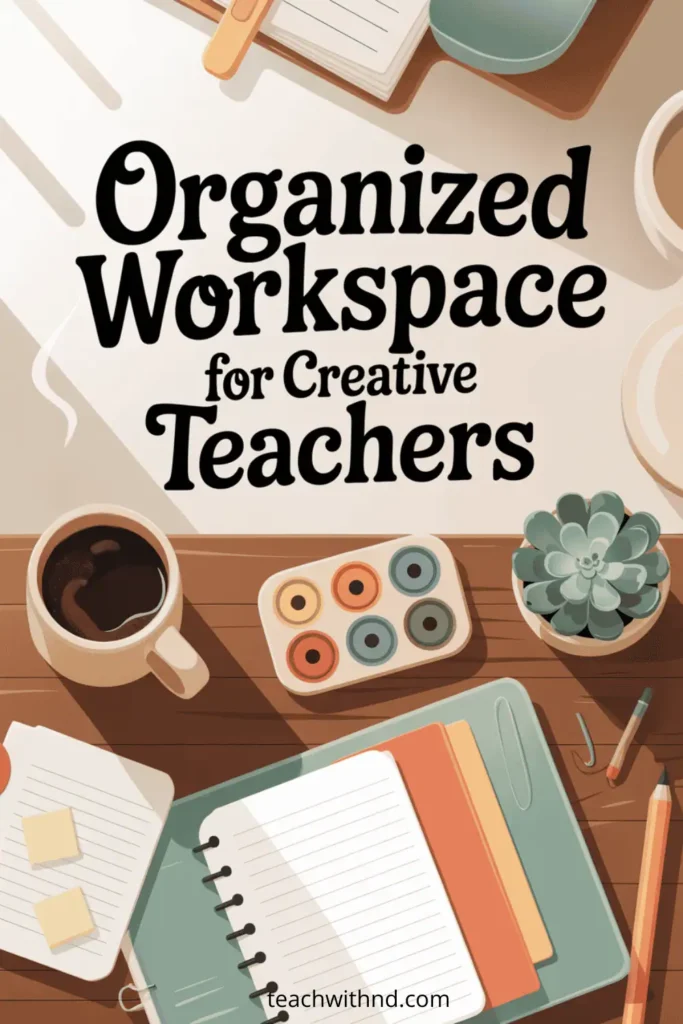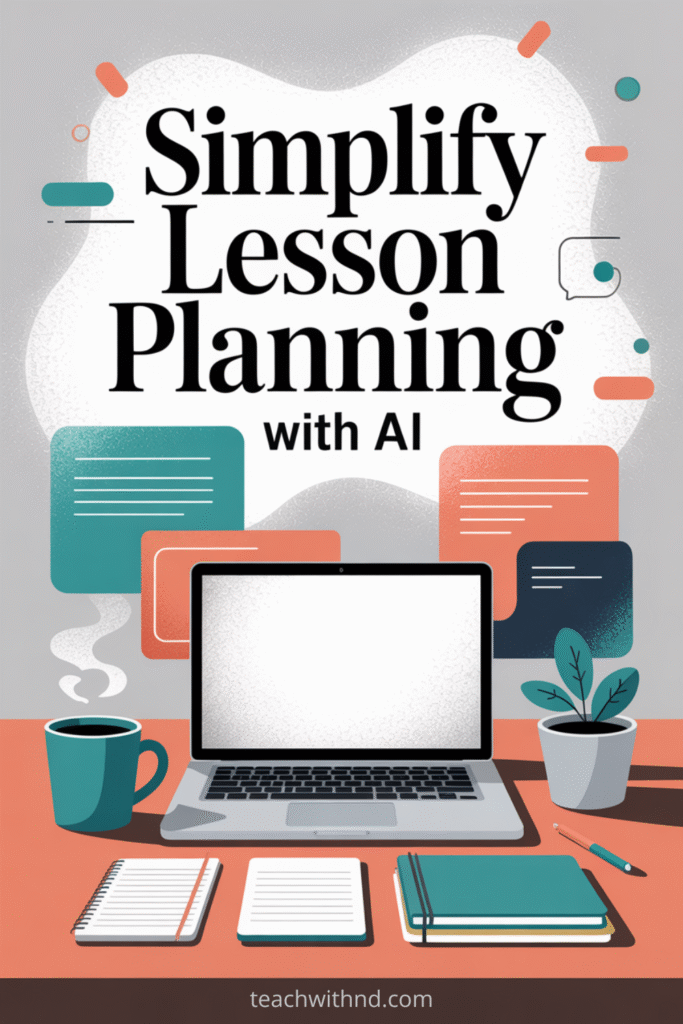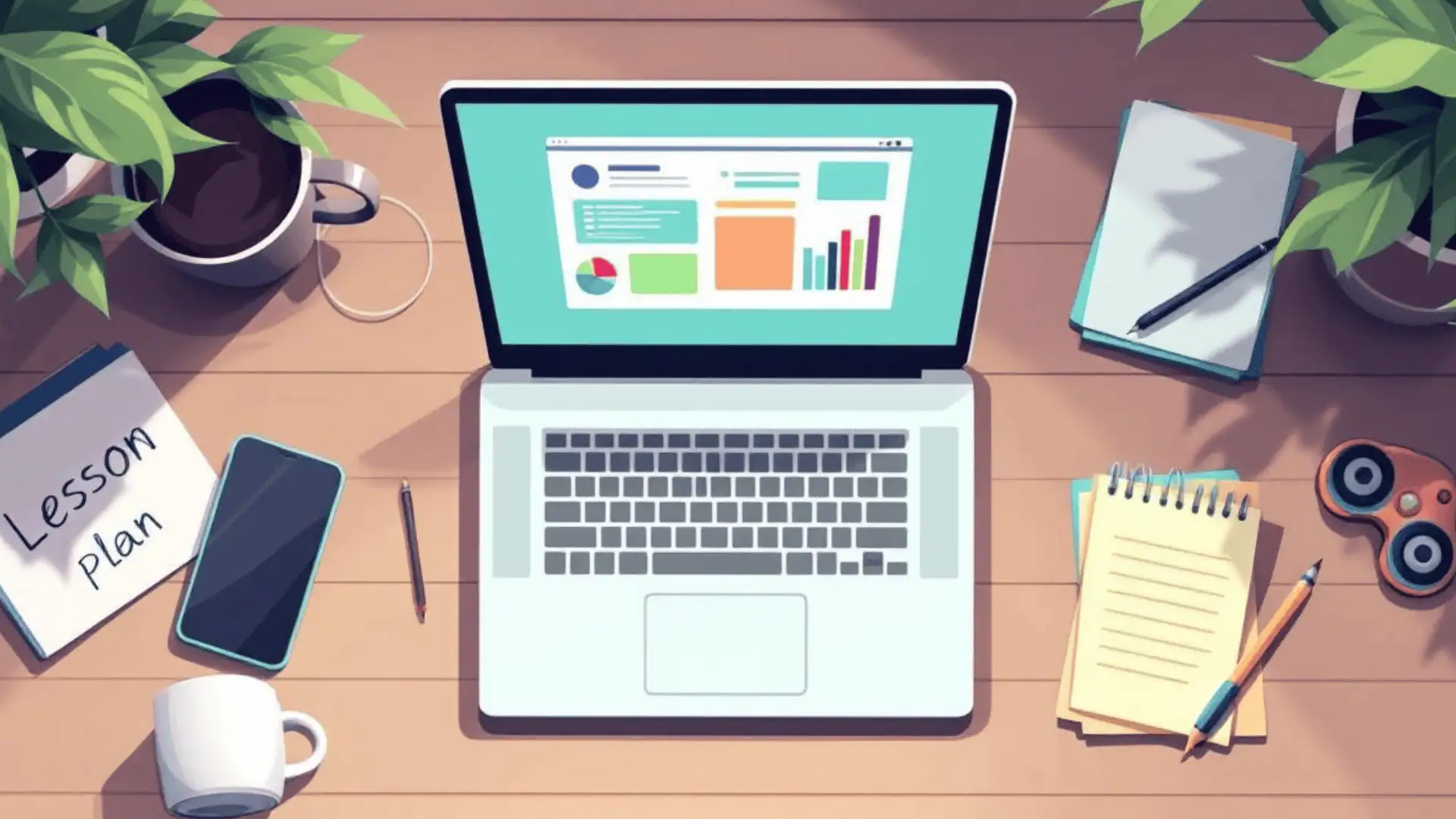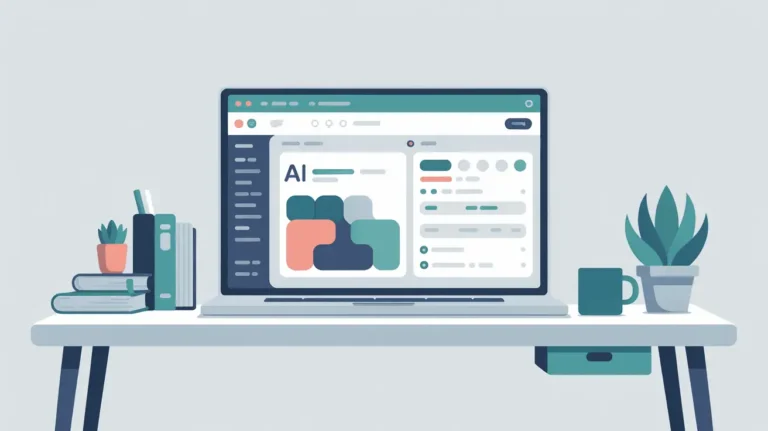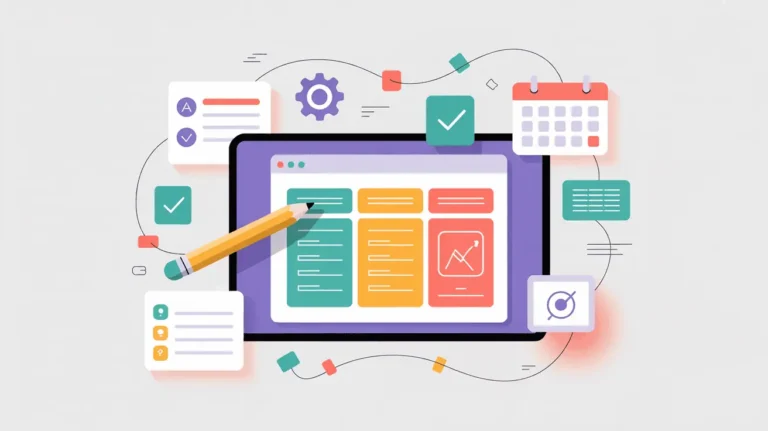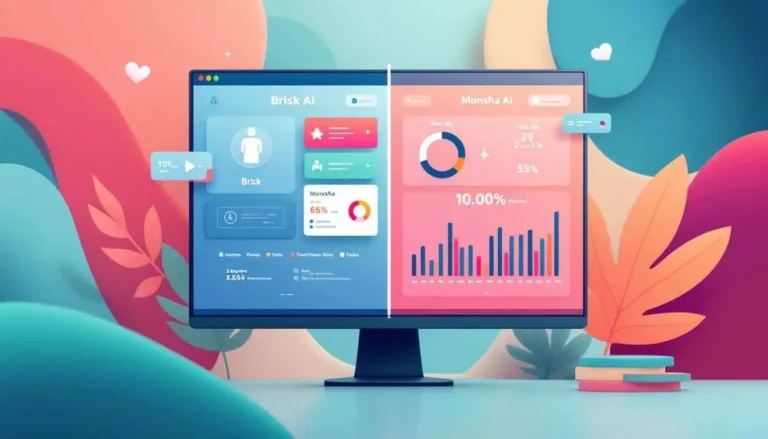Guide to Writing AI Prompts for Lesson Planning
You know that moment when you open up ChatGPT, type “write a lesson plan,” and stare at whatever pops up?
Feeling more confused than when you started?
If this sounds familiar, you're definitely not alone.
Writing with the support of AI can feel lighter in some ways.
But it also requires much, much more oversight from you.
Welcome to the guide for writing AI prompts that actually work.
This is especially helpful if lesson planning feels like trying to organize a runaway wheelbarrow.
Whether you're overwhelmed, short on time, or easily distracted, knowing what to say to an AI is half the battle.
Use this guide when you want clear, simple steps that will help you get lesson planning off your to-do list.
(Without adding extra stress to your already full plate.)
While there isn't one set way to do this, this is a way that can help you get started. The goal is to keep it simple.
And as you learn more, you will understand how to best modify the plans to fit you and your students.
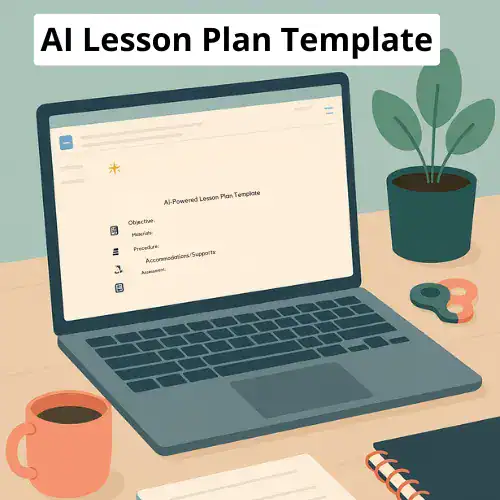
Save Hours with This Free Lesson Plan Template
Designed especially for teachers with ADHD or autism who need structure without the added stress.
✔ Built-in prompts
✔ Editable
✔Teacher self-accommodations ideas
✔ Sample plan included
Why Clear Prompts Matter with ChatGPT
Here's the thing: ChatGPT is pretty amazing, but it has no clue what's rattling around inside your head.
Think of it like an inexperienced yet eager assistant who's just standing there.
He is happily waiting for you to tell him what to do.
If your brain is bouncing between a thousand ideas (raising my hand!)?
This can be both incredibly freeing and completely maddening.
You might have already typed something basic like, “create a lesson plan.”
Then you scrolled through the wall of text, and thought, “What even is this?”
That's not your fault.
It's just that it takes some practice to learn this skill. So don't feel too bad if it needs some tweaking.
Without clear instructions, ChatGPT will get carried away and completely miss the point of what you wanted.
So the next time you want help, pause for just a second.
Take a breath.
Think about what you actually want.
Then get as specific as possible.
This will save you so much time and energy later on.
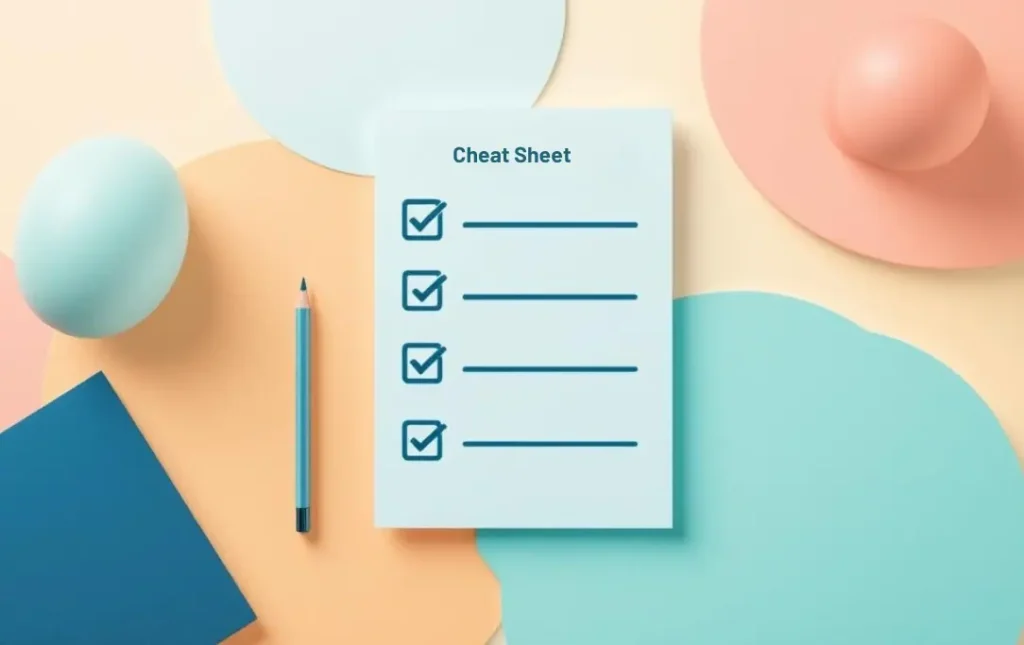
A Simple Formula for Better Prompts
There's a formula you can use that makes writing prompts feel way less overwhelming.
Just like a checklist for your brain, it keeps things clear and straightforward.
Here's what to include every time:
What you want: Are you looking for a lesson plan, activity, outline, or checklist?
The topic: What subject or concept do you want covered?
Grade level or subject: What's the age group or class?
Extras or special needs: Do you need simple language, hands-on activities, standards alignment?
Something specific for your students' needs?
When you go step-by-step, you turn ChatGPT from a vague guesser into the assistant you always wanted.
This structure tells the AI exactly what you need.
So it can skip the fluff and give you something you can actually use in your classroom.
Do you need more examples or ideas for prompts that work well for neurodivergent-friendly planning?
The AI lesson plan template generator post has ready-made templates and prompt samples made just for you.
Example of a Well-Structured Prompt
You don't have to get overly fancy with this.
Here's what a strong prompt looks like in real life:
“Write a 30-minute 4th grade science lesson plan on the water cycle that includes a hands-on activity, uses simple language, and aligns with NGSS standards.”
Notice how it gives:
The type of plan (30-minute lesson)
The grade and subject (4th grade science)
The focus (water cycle)
Extra needs (hands-on, simple language, NGSS)
Having all those details helps you get a result that isn't just pages of irrelevant text.
If you feel like you're getting mediocre results, try using this prompt structure.
You'll notice the difference right away.
(It's like asking for “a turkey sandwich with mustard on sourdough bread,” instead of a “snack.”)
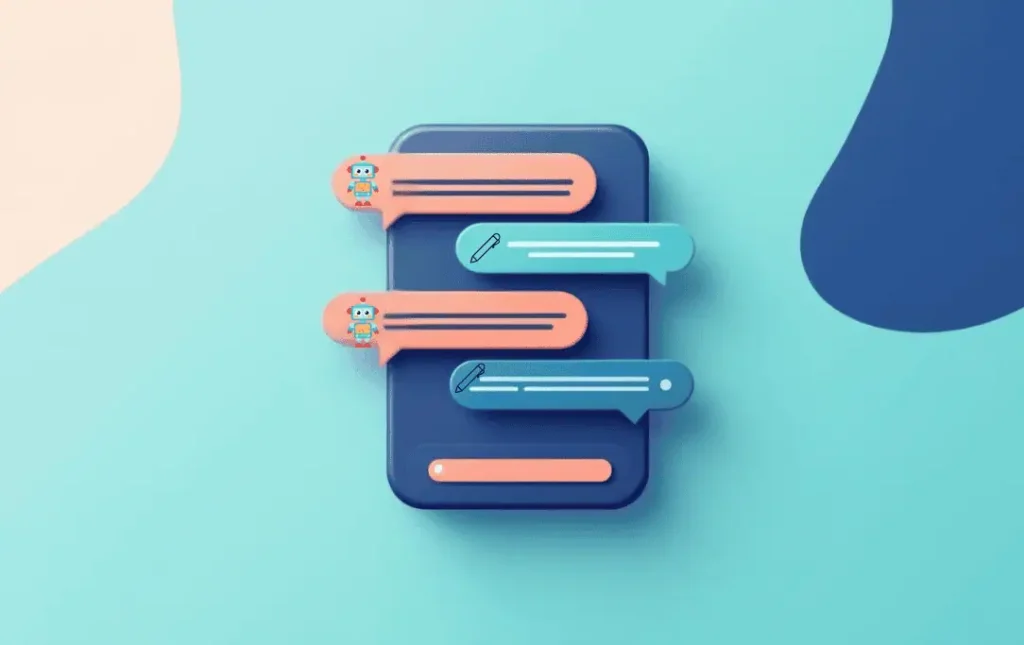
Tips for Fine-Tuning Your Prompts
Even the best prompt sometimes needs a little tweaking.
That's where the real magic happens.
Here are tricks that teachers, especially those with ADHD or other unique needs, find super helpful:
Ask for an outline first, not the whole lesson:
This helps you see the structure before jumping into all the details. Outlines give your mind a roadmap to follow.
If it feels too generic or boring, ask ChatGPT to make it better:
Try saying “Add a movement activity” or “Include visuals or hands-on steps.”
Need a clear process?
Say “Turn this into a step-by-step checklist.”
This works wonders if your executive function loves small, clear steps.
Break big requests into smaller pieces:
If the output is too long or completely off-target, split your request in half and work in chunks.
Make it a conversation:
After each result, give it feedback like you would a human assistant.
“Try again, but shorter.” Or, “Please use simpler language.”
If you want even more ways to keep lesson planning easy and stress-free with AI?
Read my Best AI for Lesson Planning, a comparison between two popular tools.
Remember: perfection is an illusion.
Use these tips like dials on a radio, tweak until it sounds (or reads) just right for your class.
Ready-to-Use Prompt Ideas for Teachers
Don't want to sit and brainstorm forever?
I get it.
Try these starter prompts when your brain needs a boost:
“Give me 3 low-prep ideas to review alliteration with 2nd graders.”
“Adapt this math lesson for students with sensory processing differences.”
“Create a sub-friendly version of this plan that's easy to follow.”
These all show how you can tailor ChatGPT for quick, practical help.
Whether you're reviewing a tough topic, adjusting for student needs, or scrambling to prep for a sub.
(Because we've all been there!)
Prompts like these turn the AI into your teaching buddy, not just another tool to figure out.
And if you ever get stuck, revisit the AI Lesson Plan Template Generator guide for even more information,
It was written with neurodivergent teachers in mind.
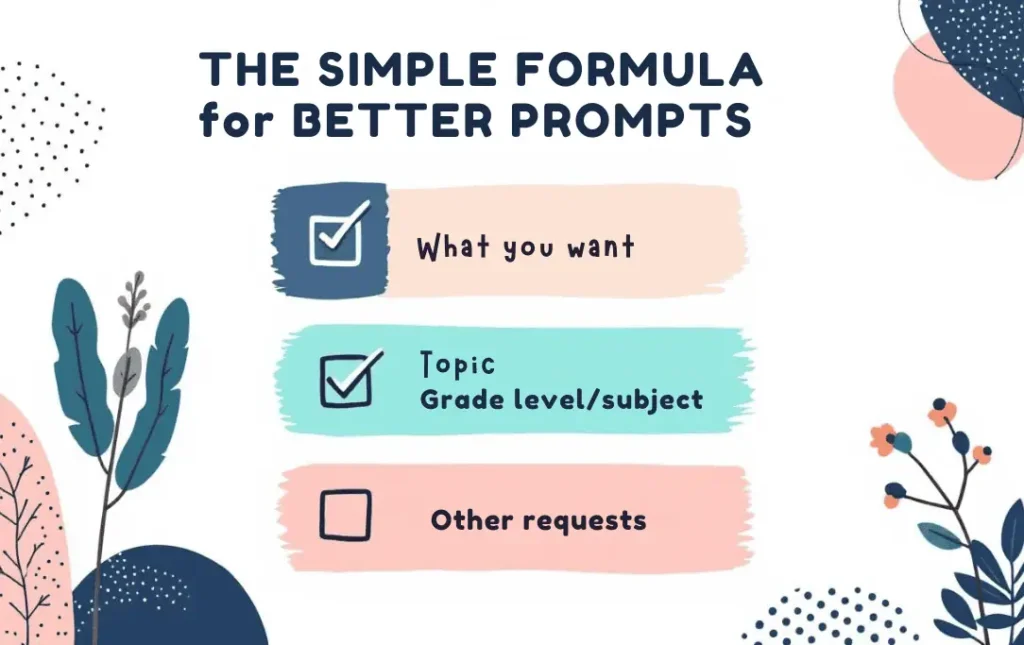
Free Printable AI Lesson Planning Template
Many brains (especially neurodivergent ones) love a good visual reference.
That's why I've created a free resource with prompt ideas you can use every day.
Don't waste time hunting through old documents or trying to remember what worked last time.
Just grab the sheet, pick a prompt, and go.
Keep it as a PDF on your desktop, print it for your planner, or stick it on your classroom wall.
This way, you're never starting from scratch on lesson planning days.
Your time and focus are too valuable for that.
Want a copy? Download your free AI lesson plan template, and take one thing off your never-ending to-do list.
Share Your Prompts and Questions
You're not in this alone.
The best way to get unstuck is to ask for help or share what's working for you.
Building lesson plans with AI doesn't have to be a struggle or another item on your “overwhelm” list.
With the right prompt formula and a few tweaks, you can make ChatGPT work for your brain.
(Not the other way around.)
Use this guide whenever you need to save time, clear up confusion, or just get through another week of teaching.
You really do have this.
P.S. Read more about AI prompt examples for your personal (or side hustle!) social media.
Join the Community
Want to connect with other like-minded educators?
We share ideas, ask for help, vent, and generally support each other.
Visit our Facebook group and take it one step at a time.
You've got this! ❤️
Found Something Helpful? I'd Be So Grateful If You'd Please Pin One of These Images!
It truly helps my blog reach more teachers like you. Thank you!
